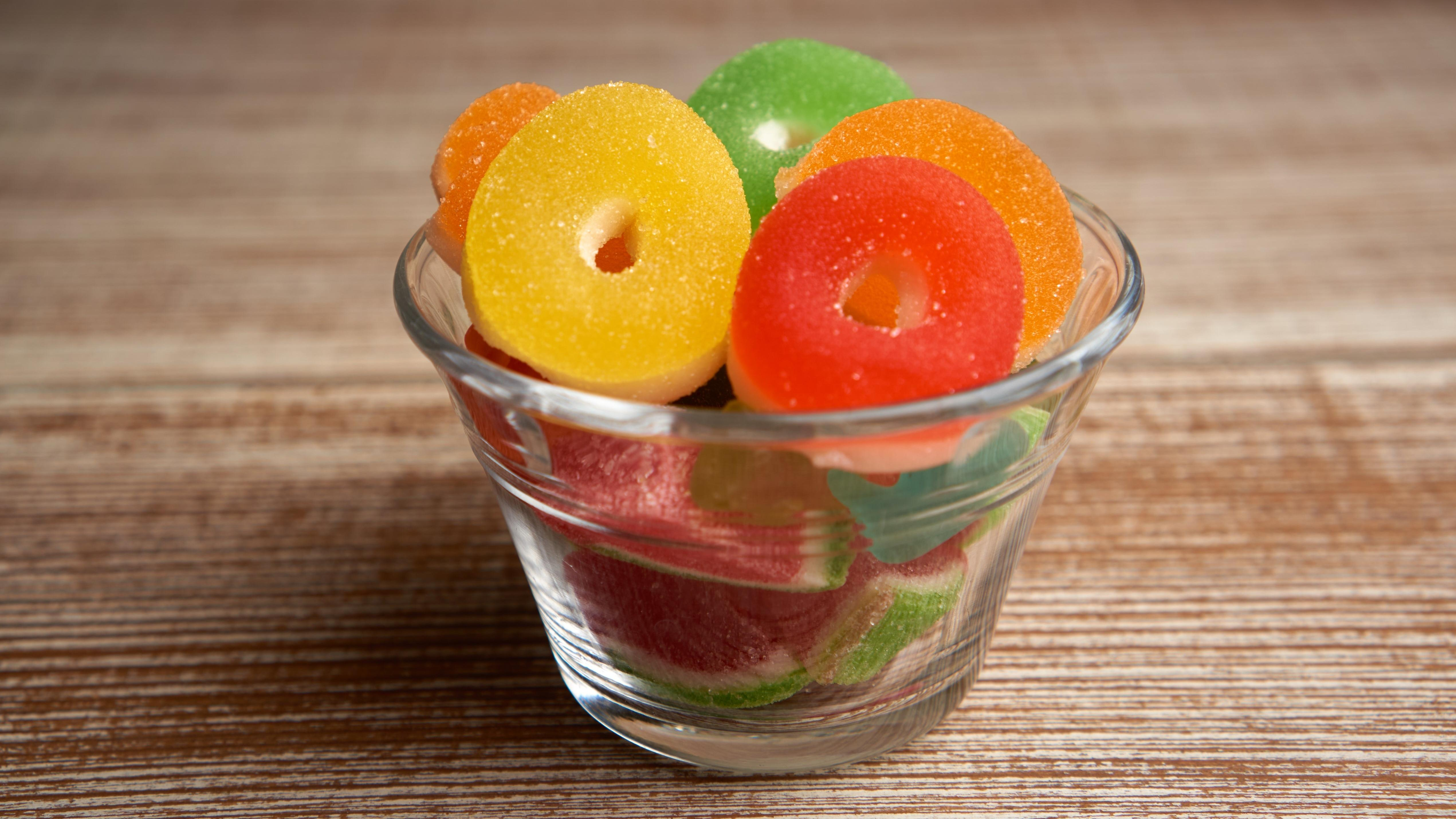The Most Popular Halloween Candy By Decade
The Food Timeline offers a glimpse of trick-or-treat favorites across the century.
For anyone interested in an edible history of humanity, it doesn't get any better than The Food Timeline. This aesthetically bare-bones but informationally rich website is the ultimate utility for those who have ever wondered how long humans have been eating this or that, or whether passing trends have come this way before (often, they have). And on Halloween, we wanted to see what The Food Timeline had to say about a holiday synonymous with candy.
You might be surprised to hear how relatively young the custom of trick-or-treating is; the Food Timeline cites sources that place its origins around 1920, and it only reached nationwide ubiquity in the '50s. (The phrase "trick or treat" appears to have first been published in 1939.) Still, candy makers were quick to jump on this lucrative holiday. Here's a smattering of offerings across the decades.
Halloween candy of the early 1900s
Although trick-or-treating didn't make a splash until some years later, a New York Times edition from as early as 1906 features a display ad for discount department store Siegle Cooper Company listing various types of "Candies for Hallowe'en." Among them: buttercups, "nut kisses," caramels in flavors such as vanilla English walnut and maple, and chocolate bonbons.
Halloween candy of the 1920s
A 1921 report from the Chicago Daily Tribune on holiday offerings indicates that Halloween's signature colors were well established even 100 years ago. Listen to this list of all the orange-and-black treats found in October: "orange gumdrops, orange jelly beans, orange buttercups, and chips and hard candies. And there were black (licorice) gumdrops and jelly beans and buttons and all possible devices that were ever seen in black candies." These were also packaged in boxes with black ribbon and patterned with black cats.
Halloween candy of the 1950s
By the '50s, a modern-day heavy-hitter had arrived on the scene: Jelly Belly, formerly known as Goeltiz Confectionery Company. In a 1951 edition of the Washington Post, an ad listing "Trick or Treat Candies" includes Goeltiz Candy Corn, Hershey's Kisses, Hershey's Miniatures, Jordan Almonds, Tootsie Rolls, bubble gum, and roasted peanuts, among several other retro delights like "spiced jelly drops" and chocolate bridge mix.
Halloween candy of the 1960s
In 1962, Chicago Daily Tribune writer Lois Baker expressed astonishment at the wide variety of Halloween candy now available. "Never before, it seems to us, have the food stores been stocked with so many varieties and such novel packages of candies, cookies and chewing gum, and other goodies designed to provide you with simple loot for those little trick-or-treaters who soon will be making their Halloween expeditions," Baker wrote.
She highlights what she found to be the niftiest offering: "a cellophane bag filled with 14 miniature boxes of plump Sun-Maid Raisin. Altho these, we think, should really delight the junior set, they also are ideal as snacks at any time of the year, for young or old." It's funny to see the evolution of raisins within the Halloween candy landscape. These days, they're more of a trick than a treat.
For more fun facts about the All Hallow's Eve party menus of yesteryear, we suggest looking over The Food Timeline. Soon you'll be reflexively putting the apostrophe back in Hallowe'en.
